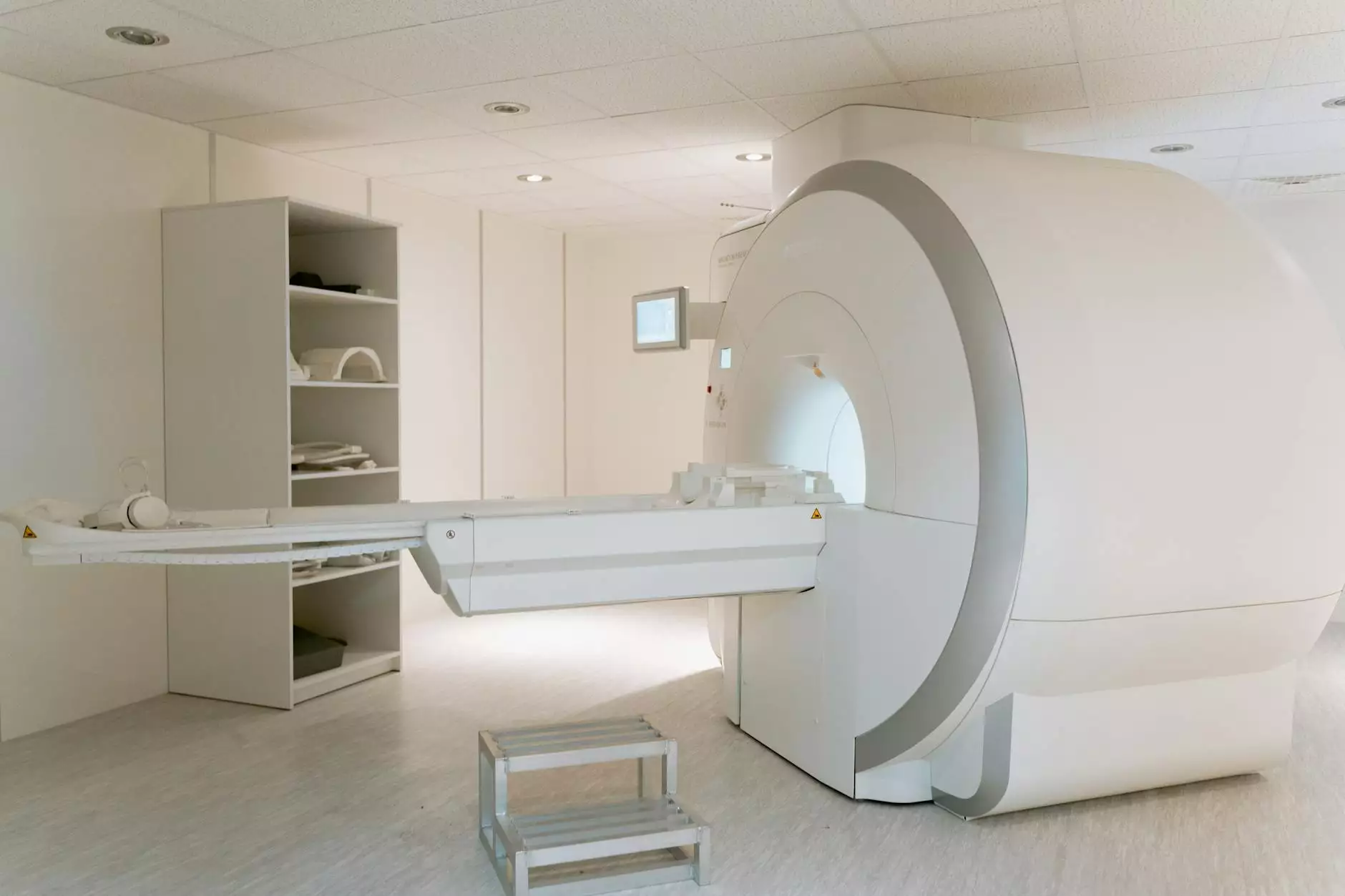Postnatal Pilates for Diastasis Recti: The Ultimate Guide

Diastasis recti is a common concern among new mothers, as pregnancy can lead to significant changes within the abdominal area. Understanding how postnatal pilates can help address this condition is vital for improving strength and enhancing overall health during the postpartum period. This article delves deep into the intricacies of diastasis recti, effective strategies using pilates, and valuable tips for mothers to regain their core stability.
What is Diastasis Recti?
Diastasis recti refers to the separation of the two halves of the rectus abdominis muscle, which is a significant aspect of the core. This condition often arises during pregnancy due to hormonal changes and the stretching of the abdominal muscles. Following childbirth, many women experience this separation, leading to potential issues such as poor posture, back pain, and reduced core strength.
Why is Postnatal Recovery Important?
The journey of motherhood is transformative and can take a toll on a woman’s physical body. Postnatal recovery is crucial not only for restoring strength and functionality but also for mental and emotional wellbeing. Through targeted exercises, mothers can address body changes, regain confidence, and prepare for future physical activities.
The Role of Pilates in Postpartum Recovery
Pilates is a highly effective form of exercise that emphasizes core stability, flexibility, and strength. The principles of pilates – centering, control, precision, breath, flow, and concentration – make it particularly beneficial for women recovering from childbirth. Specifically for diastasis recti, pilates offers numerous advantages:
- Improved Core Strength: Pilates exercises focus on rebuilding strength in and around the abdominal muscles.
- Engagement and Awareness: Pilates teaches how to effectively engage the core, improving awareness of body mechanics.
- Flexibility and Balance: Postnatal pilates promotes overall flexibility and balance that can diminish during pregnancy.
- Safe Recovery: Pilates can be tailored to individual needs, ensuring that exercises are safe and effective.
Effective Pilates Exercises for Diastasis Recti
It is essential to incorporate exercises specifically designed to address diastasis recti effectively. Below are some pilates exercises that can help:
1. The Pelvic Tilt
The pelvic tilt is a foundational exercise to gently engage the core and pelvis.
- Lie on your back with your knees bent and feet flat on the floor.
- Inhale deeply, allowing your abdomen to rise.
- As you exhale, tilt your pelvis towards your ribcage, flattening your lower back against the mat.
- Hold for a few counts and return to the starting position. Repeat for 10-15 repetitions.
2. The Modified Side Plank
This exercise promotes lateral stability and strengthens the obliques while being gentle on the abdomen.
- Lie on your side with your knees bent at a 90-degree angle.
- Rest your forearm on the floor, directly beneath your shoulder.
- Engage your core and lift your hips off the ground, creating a straight line from your head to your knees.
- Hold for 10-20 seconds, ensuring you are breathing steadily. Repeat on the other side.
3. The Hundred
The Hundred is a classic pilates exercise that builds strength and endurance in the core.
- Lie on your back, bringing your knees to a tabletop position while keeping your feet flexed.
- Curl your head, neck, and shoulders off the mat, reaching your arms towards your legs.
- Inhale for 5 counts while pumping your arms up and down, and then exhale for 5 counts.
- Repeat for a total of 100 counts.
4. Diagonal Reach
This exercise focuses on engaging and coordinating the core while working on stability.
- Begin lying on your back with knees bent and feet flat.
- With the right arm extended overhead and the left leg straight, lift them simultaneously while engaging your core.
- Return to the starting position and switch sides.
- Repeat for 8-10 repetitions on each side.
How Often Should You Do Postnatal Pilates?
When incorporating postnatal pilates into your recovery routine, consistency is key. Aim for:
- 2-3 Times a Week: Regular workouts will help reinforce muscular strength and stability.
- 20-30 Minutes per Session: Short, focused sessions can be more effective than longer workouts.
- Listen to Your Body: Each postpartum body is unique; adapt your routine based on your personal comfort and recovery.
Additional Considerations for Diastasis Recti
It’s important to approach the recovery process holistically:
Nutrition
Eating a balanced diet rich in vitamins, minerals, and protein is crucial in helping your body heal. Consider incorporating:
- Lean proteins for muscle repair and growth.
- Leafy greens and colorful vegetables for essential nutrients.
- Healthy fats that support hormone regulation.
Hydration
Staying well-hydrated aids in recovery and overall health. Make it a priority to:
- Drink plenty of water throughout the day.
- Avoid sugary drinks and processed juices, which can hinder recovery.
Consulting with Professionals
Before starting any exercise program, especially post-pregnancy, consult with healthcare professionals such as:
- Physical therapists who specialize in women’s health.
- Doctors familiar with postpartum recovery.
- Pilates instructors trained in diastasis recti recovery.
Incorporating Mindfulness and Breath Work
Meditation and focused breath work can enhance the effectiveness of pilates by fostering a connection between mind and body. Consider techniques like:
- Deep belly breathing to engage the diaphragm and core.
- Mindful meditation to reduce stress and promote recovery.
Conclusion
Embarking on a journey of recovery from diastasis recti through postnatal pilates can transform not only your body but your overall sense of wellbeing. Through diligent practice, awareness of your body, and professional guidance, you can restore strength, enhance stability, and embrace motherhood with confidence.
At Hello Physio, we offer tailored programs and expert advice to support your journey. Ready to reclaim your core? Discover how our postnatal pilates classes can get you back on the path to recovery!
postnatal pilates diastasis recti








